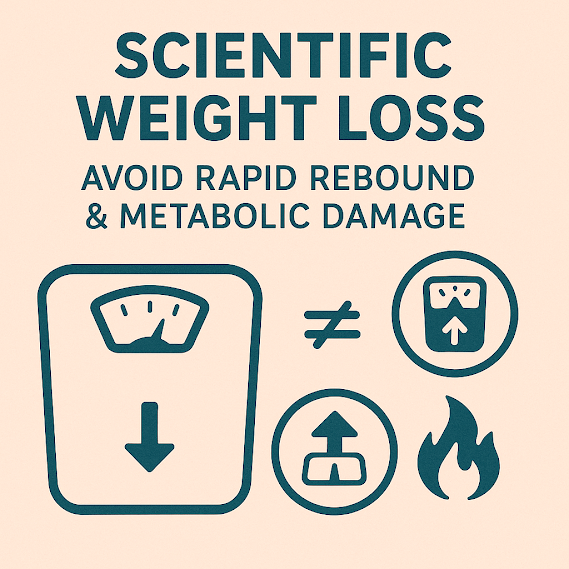How to Distinguish Between Good Fats and Bad Fats
How to Tell Good Fats from Bad Fats
In the foods you eat, there are both good and bad fats—but how exactly can you tell them apart?
The Benefits of Fat
Many view fat as the enemy, but in reality, it provides essential benefits. Without fat, we couldn’t survive. It transports fat-soluble vitamins (A, D, and E) throughout the body for absorption, maintains skin health, and is crucial for infant vision and brain development.
Despite these advantages, fat is often blamed for obesity—and understandably so. Each gram of fat (whether good or bad) contains 9 calories, more than double that of carbohydrates or protein.
The Downsides of Fat
Fat is a major contributor to heart disease and stroke. Diets high in saturated and trans fats (both "bad" fats) raise cholesterol levels, clog arteries, and impair blood flow to the heart and brain. The American Heart Association recommends that only 20–35% of daily calories come from fat—exceeding this harms health.
How Much Fat Should You Eat?
For most people, eating the same foods daily is routine, so reading nutrition labels and choosing options low in saturated and trans fats is key.
Saturated fats are found in meat, butter, cream, ice cream, and other animal products.
Trans fats lurk in margarine, baked goods, and processed snacks.
Healthy Fat Intake Guidelines:
1,800 kcal/day:
Total fat: 40–70g
Saturated fat: <14g
Trans fat: <2g
2,200 kcal/day:
Total fat: 49–86g
Saturated fat: <20g
Trans fat: <3g
2,500 kcal/day:
Total fat: 56–97g
Saturated fat: <20g
Trans fat: <3g
The Truth About Unsaturated Fats
Dietary fats fall into two categories: saturated and unsaturated. In a balanced diet, unsaturated fats (mono- and polyunsaturated) should dominate, as they reduce artery-clogging risks.
Monounsaturated fat sources:
Olive oil, canola oil, sesame oil, avocados, nuts (almonds, cashews, pistachios, peanuts).
Polyunsaturated fat sources:
Corn oil, cottonseed oil, safflower oil, sunflower oil, flaxseed oil, soybean oil, and seafood.
Omega-3 Fatty Acids: A Health Powerhouse
Seafood stands out for its omega-3 fatty acids, which support brain development, vision, and heart health. Omega-3s also lower blood lipids, reduce clotting risks, and improve circulation.
Best sources: Salmon, sardines, tuna, walnuts, and flaxseeds.
The Problem with Saturated Fats
Excess saturated fat clogs arteries, increasing heart disease and stroke risks. Found in fatty meats, full-fat dairy (cheese, ice cream, whole milk), and certain plant oils (coconut, palm, cocoa butter), these fats are common in milk chocolate, cookies, and crackers.
Tip: You don’t need to eliminate them entirely—just limit saturated fats to <7% of total fat intake, as they also provide protein, vitamins, and minerals.
The Dangers of Trans Fats
Like saturated fats, trans fats clog arteries and are linked to breast and colon cancer. Harvard researchers estimate that eliminating trans fats could reduce heart disease deaths by 25% annually.
Common sources: Margarine, shortening, fast food, cookies, crackers, and buttered popcorn.
3 Simple Ways to Avoid Bad Fats
Skip packaged foods. Opt for whole foods or homemade meals.
Choose lean proteins, low-fat dairy, whole grains, legumes, fruits, and veggies.
Cook with healthy oils like olive, canola, or sunflower oil.
Final Thought: Not all fats are created equal. By understanding their differences and making mindful choices, you can harness their benefits while minimizing health risks.













Comments
Post a Comment